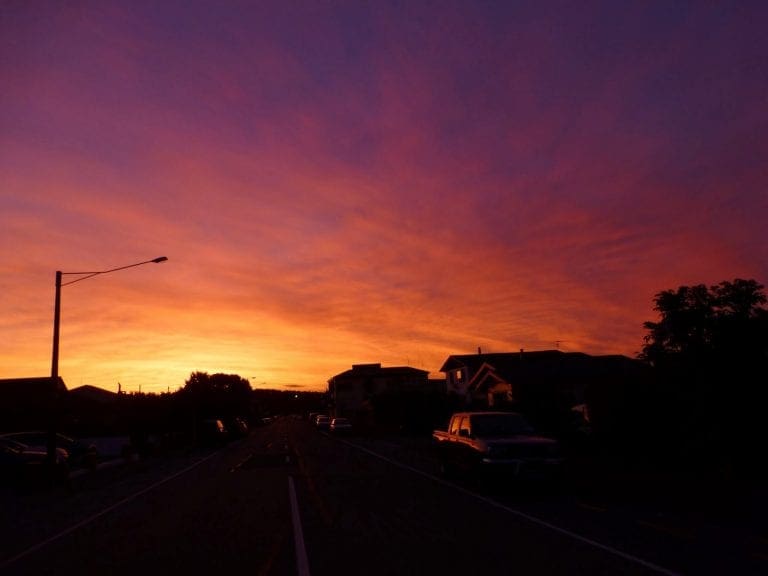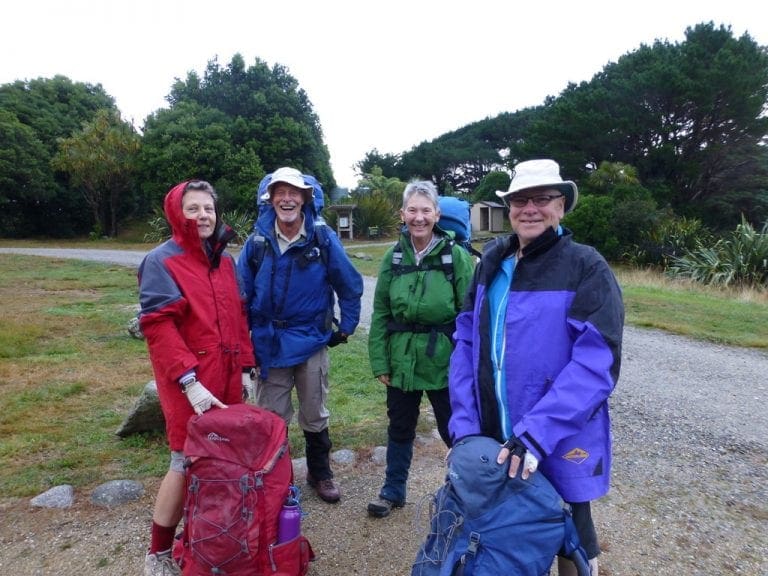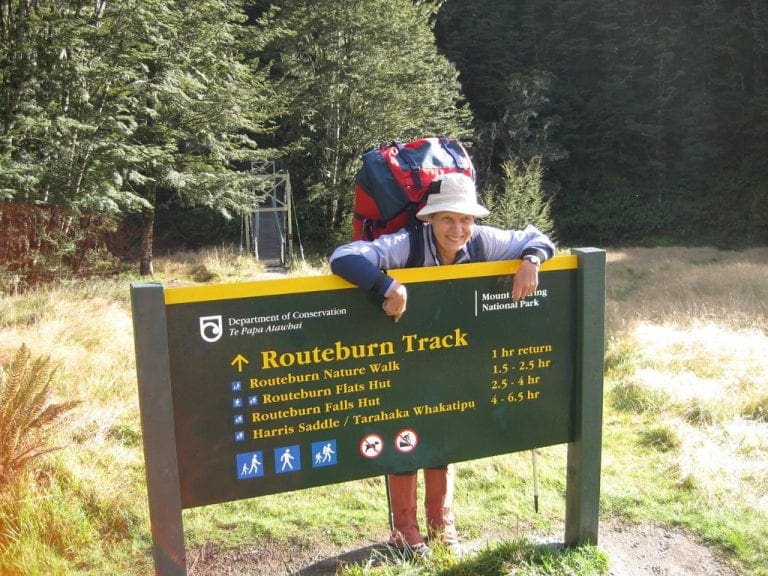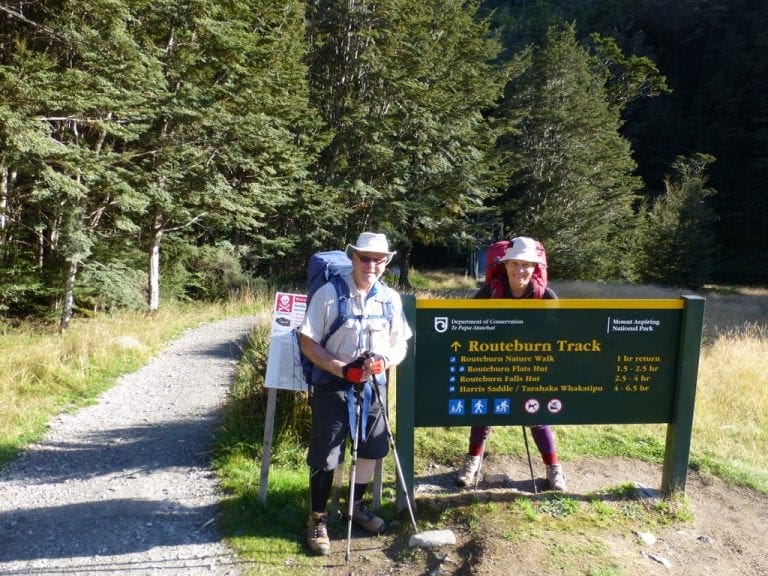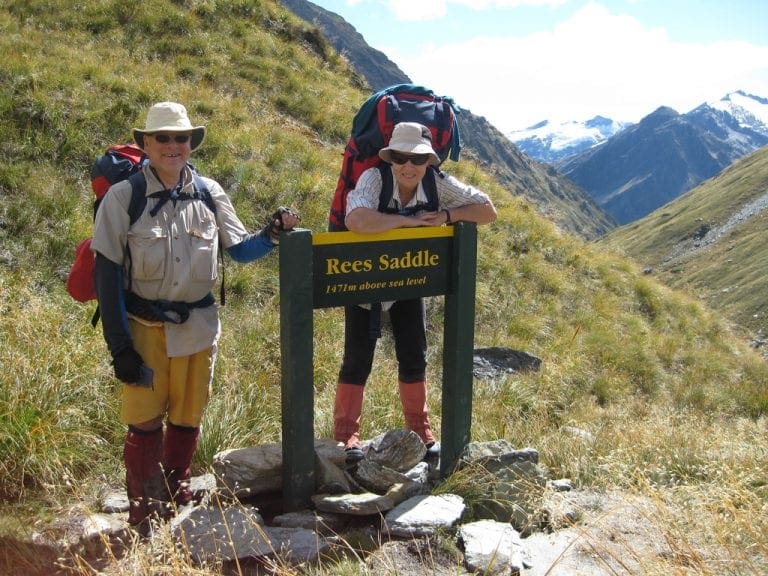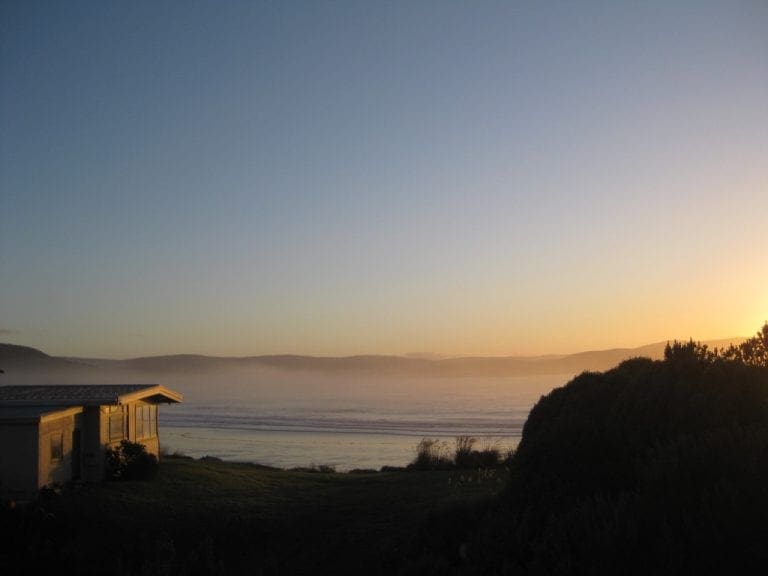New Zealand 2014 week one
Monday 3 Mar 2014 Christchurch. Today we begin a 4 week trip to NZ – to do three walks – Banks Peninsula, Nydia and Heaphy (again). We have done a great deal of preparation. I can’t think of a walking trip where we have done more prep. I hope it is worth it. As well as general fitness, for me the big effort has been to lose weight. I’ve lost about 10kg including 7kg in the last 3 months. (See my blog) I cannot say that the weight loss has been easy – it no longer just falls off on my suggestion. It takes strong will power, discipline and effort. As it is, I am still about 5-6 kg heavier than I want to be. I will have to carry that extra weight with me on the tracks – as well as my pack!
Tuesday 4 Mar 2014. Akaroa. A very blustery and windy night. A late start. We had mainly packed the packs last night. Today was just adding the food and a few clothes. We drove around looking at the earthquake damage of Central Christchurch. Almost zero buildings in the central city area escaped damage. Most fell down or were condemned and knocked down. It has been a formidable effort to have got where they have as fast as they have. Astonishingly, it is mainly the centre (with old stone buildings) that has been badly effected. The rest of the surrounding city looks to be ticking along just fine.
We bought a couple of freeze dry food – Backcountry is the best brand – a pair of shorts for Helen and drove the winding, windy (quiet) road to Akaroa. Many trees down. Hail and sleet. Sheep sheltering behind hedges and walls – piled on top of each other to get shelter. Not pleasant. Power failure at Akaroa. The town in blackness. (The local supermarket in blackness escorting customers one at a time through to buy a few essentials.) There went our plan to buy a takeaway to eat at the first hut. We were to be picked up at the post office and driven to within 10 mins walk of the first hut. The car had to be parked about 2km up the hill in a secure park. I had just walked back from that – clearing drains in the sleet, wind and rain – when Mafi arrived to say that a big tree was down across the road in, the track was unsafe and they could not get us in tonight. They have put us up at the local backpackers (Chez la Mer) for the night and will drive us in tomorrow. While we were being told all this, a local came past and said “good advice”. I agree.
 |
| Banks Peninsular Track – begins and ends at Akaroa |
[I am having to retype the rest of this. I had typed it into the iPad each day, saving it to the iPad as I went. No Internet connection of course. Unfortunately, as soon as it got to an Internet connection it reverted to the last Saved version. So, all the daily record disappeared. Bugger, bugger and bugger. Well, here goes from memory.]
At Chez la Mer, a very good backpackers with very comfortable rooms, good communal atmosphere and free wifi, we settled in chatting until the power went out again just before 9pm. That put a bit of a dampener on it all.
The next few days, we are to walk the Banks Peninsular Track which begins and ends at Akaroa. It is very popular with the New Zealanders.
Wednesday 5 March. Driven to Flea Bay Hut. At Akaroa, the power was out all morning and the road to Christchurch was cut by many landslides, and several boats had been driven ashore at Akaroa. We sat around in the dark until about 2pm when Paul the Post arrived to pick us up and drive us to Flea Bay Hut, thereby avoiding that exposed part of the track with an unknown number of fallen (and falling trees) and slippery patches.The Banks Peninsular Company did not want us to walk it and given the ferocity of the storm, neither did we. (The power was not restored to Akaroa until the next day.)
By the time we arrived at Flea Bay, the storm had abated and blue sky soon appeared. We went for a sort walk back along the track we did not walk – very slippery.
Thursday 6 March 2014. 6 hour walk to Stony Bay. Scrambled eggs for breakfast (NZ$0.50 each from the hut’s supplies). A magnificent sunny day. The power was still out when we left at 10am. The track is beautiful – skirting Flea Bay in low scrub before climbing over a couple of headlands to other hidden coves, Wonderful views of the rugged cliffs of the coast. Seals, gannets, shear waters, prions. Nothing difficult in the walk. Just up and over huge headlands. The track is extremely well marked with white posts and white painted rocks.
Stony Bay Hut is an absolute delight. It is actually a number of small huts that include a museum, a shower (with one wall a tree), an open air hot bath, several small sleeping huts, a larger house (that we used), an honesty shop, a BBQ hut, an open air pool table (which has its own twist on Mikado – cloth untrue, a twisted cue and elliptical billiard balls – and paint tins for pockets). The wind had blown down all the apples and pears so we ate a few and had stewed fruit for tea to follow the BBQed steak from the honesty shop. Nice hot shower (left over with the power cut).
Helen and I did try the open air hot bath – a fire lit under an old bath – sit on the plank so that you do not burn your bum. (Unfortunately, the power was still out and the food in the honesty shop fridge was beginning to spoil.) The little museum has interesting pictures – eg ‘Mum arriving by boat in 1940. She was a gifted pianist. Her piano followed her 8 years later.’ A very bird rich place – and in my experience these are almost always extremely nice.
Friday 7 March 2014. 4 hour walk to Otanerito Bay Hut. Eggs for breakfast again. Today’s walk was similar to yesterday’s. Headlands, stacks and coast. I do like that coast. I had a chat to a chap who looks after the house we are in. Their season is 200 days and (post-earthquake) they get 60% occupancy – ie 1,680 people a year. (Pre-earthquake it was 75%.) Each person pays NZ$270, so income is NZ$453,600 – a very nice earner. Seven farms share the income (4 provide huts) and that income is about the equivalent of an 8th farm.
Otanerito Bay Hut in a beautiful garden and was probably the old farmhouse. Very sheltered. Another bird rich place. We played pétanque in the paddock between the garden and the sea. Good hot shower. BBQed steak again for tea and a bottle of bubbly to celebrate. Very good heavy pack walking when you can do that for your meals.
Saturday 8 March 2014. 6 hour walk to Akaroa up and over a saddle at 590m. Quite a steep climb and descent which starts at sea level and climbs to 590m in 3 kilometres and then drops the 590m in 3 kilometres back to sea level. Did I say steep! OK if you pace yourself. Most of the track is in the Hinewari Private Reserve – criss-crossed with tracks and very well signposted. Most of the climb is along a delightful steam with cascades and waterfalls. Very bird rich – bird calls all the way up.
A very pleasant patch of beech forest near the top. The descent is through farm land and mostly down a very steep road. We came across a few people on day walks up from Akaroa – a bit of a slog up that road. I think we had the best of it.
Banks Peninsular Track Summary. A very enjoyable four day walk. There is nothing difficult in any of it. I would rate it as easy-moderate. The Kiwis would rate it as easy (because it is well signposted and there are no difficult creek crossings). No wonder the Kiwis do this walk in droves – especially from Christchurch. Magnificent scenery, fresh food every day, hot showers – you can even have your pack transported for you. Too easy. Highly recommended.
At Akaroa, we are in the Akaroa Dolphin Backpackers – a very good backpackers (but I would give Chez la Mer the edge – because of its communal atmosphere and free wifi). We had a chat over a beer with a couple from Christchurch. That earthquake will occupy the minds of Christchurchians for many years yet. Tea at the Harbar that I last saw almost being demolished by the storm a few days ago (popular but overpriced). We spent the afternoon trying to dry out the luggage we had left in the boot. The damn boot leaked in this Omega Rental car.
Sunday 9 March 2014. At Hanmer Springs. We drove up from Akaroa (over the saddle with many remains of earth slips which explains why the road was cut) to Christchurch. Bought freeze dry food for the Heaphy and a couple of new pairs of long underwear (Icebreaker of course). On to Hanmer Springs where we are at ‘Jack In The Green’ Backpackers – very nice and clean – well set up. A good backpackers. Restocked with food at the supermarket, did the washing, tried to make sense of the packs and caught up with the emails. Then when I was beginning to edit the blog I had written each day on the track, the Blogger app on the iPad ate it and reverted to what it had when we first arrived at Akaroa before the power cut. I’ve now retyped it and that has taken most of the afternoon. Typing it days after the event does remove the immediacy of the impression. I usually find that each day with its new sights and little events completely swamps the sights and events from the day before.


